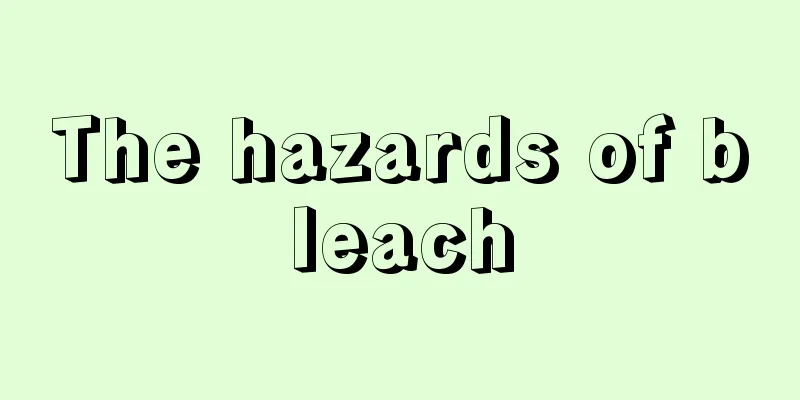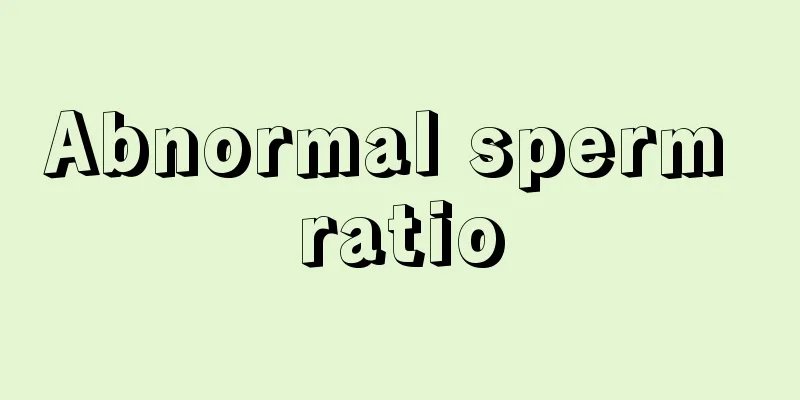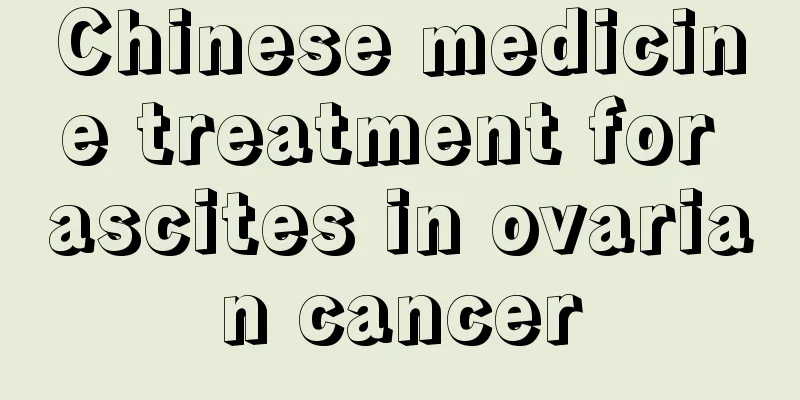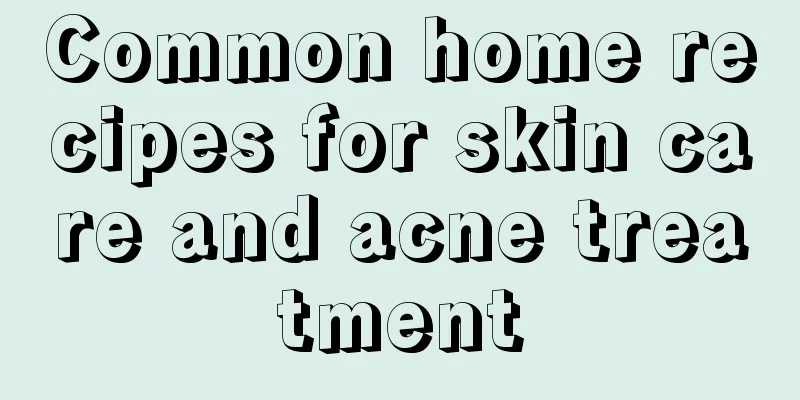The hazards of bleach

|
There are two types of bleach, one is used for bleaching clothes, and the other is food bleach. The two have different uses and different harms to the human body. Among them, the bleach used for bleaching clothes is very harmful to the human body because this kind of bleach is highly corrosive and may even produce toxic gases if used improperly. Since food bleach is used for food, it does not cause any harm to the human body! 1. Is bleach harmful? harmful. Most bleaches contain a chemical called sodium hypochlorite. It is highly corrosive and releases irritating toxic gases. Excessive exposure may cause damage to the lungs and hair. It's especially dangerous to use bleach and ammonia (commonly used in household cleaners) together because the two react chemically to release chlorine gas. 2. Classification of bleaching agents Bleaching agents are divided into oxidizing and reducing types, and the oxidizing types are further divided into salt (chlorine-containing) and acid (oxygen-containing) types. Salt bleach has a strong bleaching power and is also good in sterilization and deodorization. It is suitable for bleaching clothes but cannot be used for patterned clothes. Not every fabric can be bleached with salt, so be sure to read the instructions first. In addition, if used together with detergent containing acid, it will reduce the effectiveness of the detergent, so do not use them together. Acid bleach has a milder bleaching power and can be used safely on patterned clothing, even silk and wool. If you put it in the washing machine together with laundry detergent, it is very effective in preventing yellow spots and black spots. Reducing bleach is the most effective and can be used on any white fiber, but cannot be used on patterned clothing. This is absolutely effective for removing stubborn stains such as yellow spots, blood stains, dirt, etc. that cannot be washed off with salt bleach. Generally, it should contain hypochlorous acid. Of course, there are also hydrogen peroxide, ozone, and even sulfur for bleaching. Different substances have different uses. The commonly used bleach is mainly calcium hypochlorite (Ca(ClO)2). The main ingredient of commercially available bleach is sodium hypochlorite. Sodium hypochlorite is hydrolyzed to produce hypochlorous acid. Hypochlorous acid has strong oxidizing properties and can oxidize pigments. There are also products such as hydrogen peroxide, bleaching powder, etc. that use the oxidation pigment method to bleach. Bleaching agents for bleaching objects by the reduction process may contain sodium thiosulfate, which has reducing properties. 3. The role of bleach The chemical bleaches used are generally divided into two categories: chlorine bleaches and oxygen bleaches. Chlorine bleach contains sodium hypochlorite, while oxygen bleach contains hydrogen peroxide or some compound that releases peroxide. For example, sodium perborate or sodium percarbonate. Bleach powder is usually made from calcium hypochlorite. Bleaching is also an early step in the dyeing process. In addition to improving food color, bleaching agents also have many other functions such as antibacterial properties and are widely used in food processing. Oxidative bleaching agents are rarely used in practice, except for a few varieties such as benzoyl peroxide, which is used as flour treatment agents. As for hydrogen peroxide, it is only allowed to be used in certain areas for preserving raw milk and bagged dried tofu, and cannot be used as an oxidizing bleaching agent. Bleach consumes oxygen in food through chemical reactions such as reduction, destroying and inhibiting the activity of food oxidases and food coloring factors, causing the browning pigments in food to fade or prevent them from browning. It also has a certain preservative effect. There are seven types of bleaching agents allowed for use in China, including sulfur dioxide, sodium sulfite, and sulfur. Among them, sulfur is limited to the fumigation of candied fruits, dried fruits, dried vegetables, vermicelli, and sugar. |
<<: How does Malancai treat eczema
Recommend
What is the reason why the stool is black
Normal stool color represents the health of the b...
How to check lung cancer? Several effective methods to confirm lung cancer
In recent years, due to poor air quality and othe...
What are the early symptoms of tongue cancer
Tongue cancer is obviously a cancer of the tongue...
What should I do if the hepatitis B surface antigen is negative
Hepatitis B surface antigen is a must-have test d...
What are the dietary principles to be grasped in the treatment of liver cancer? What are the dietary principles for confirming liver cancer?
What are the dietary principles to be followed in...
What are the bad habits that cause rectal cancer
In recent years, the incidence of rectal cancer i...
How to prevent lung cancer better To prevent lung cancer, you need to master these common sense
There are many reasons for lung cancer. For peopl...
What medicine is better for breast cancer
What medicine is better for breast cancer? In rec...
Does soaking wolfberry in wine and rubbing it on your legs really work?
Wolfberry is very common in our daily life. Many ...
What method should be used to clean tea stains?
Tea culture is very profound. Many people have th...
I feel like there is something blocking my anus. Is it hemorrhoids?
If you feel that there is something blocking your...
How much does the quadrivalent cervical cancer vaccine cost? What is the current price of the bivalent cervical cancer vaccine?
Medical technology is really getting more and mor...
How can uterine cancer be diagnosed
During the interviews and surveys of many endomet...
Will oral ulcers heal on their own?
Oral ulcers are very common in life and there are...
The difference between medicinal black beans and black beans
There are two kinds of black beans that we often ...









